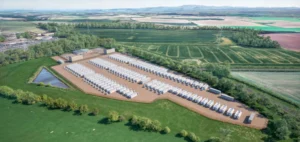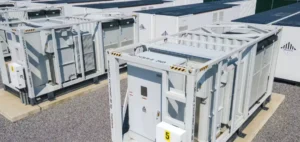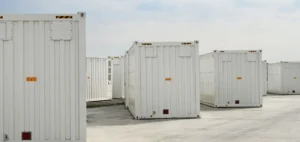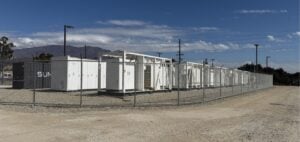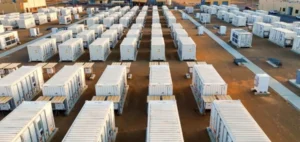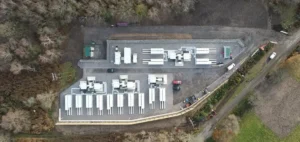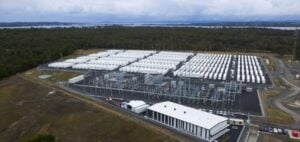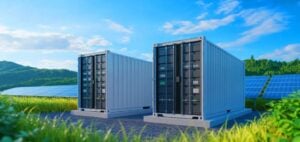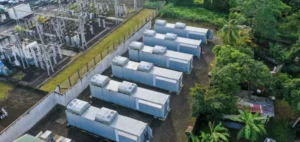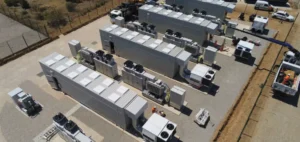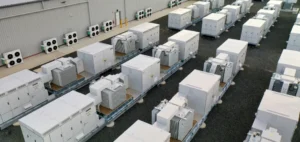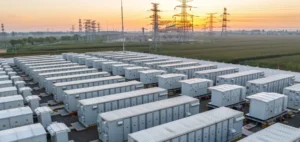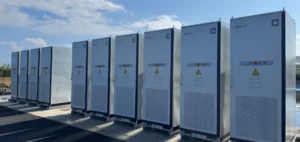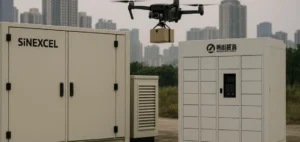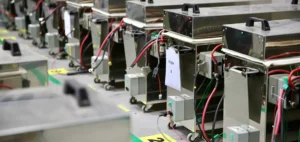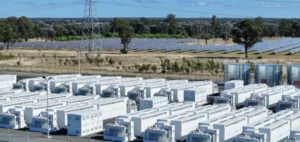French-Italian automotive giant Stellantis is planning to build a battery factory in Termoli, southern Italy. This battery factory, called “gigafactory”, will be built on the site of a Fiat engine factory and should be operational by early 2026. This initiative is part of Europe’s energy transition, which aims to encourage the production of electric cars.
A joint venture to meet the challenges of the energy transition
The project will be led by a joint venture called ACC, which includes Stellantis, TotalEnergies and Mercedes-Benz. ACC announced that the Termoli battery plant will employ at least 1,800 people by 2030 and will mobilize more than 2 billion euros, from grants, equity and loans.
An annual production of 40 GWh
The Termoli site will produce 40 gigawatt hours (GWh) per year, enough to power several hundred thousand electric vehicles. This production will be destined for Stellantis’ brands, such as Peugeot, Citroën, Opel, Fiat and Alfa Romeo.
A global ambition for Stellantis
In addition to the Termoli battery plant, Stellantis also plans to build two mega battery plants in North America. One will be located in Windsor, Canada and the other in Kokomo, Indiana, USA. The first one should be operational in 2024, while the second one should be commissioned in 2025.
Stellantis is thus positioned as a major player in the production of electric cars, with battery factories located throughout the world. This initiative will contribute to Europe’s energy transition by ensuring the security of supply of a key component for the electric car industry.




